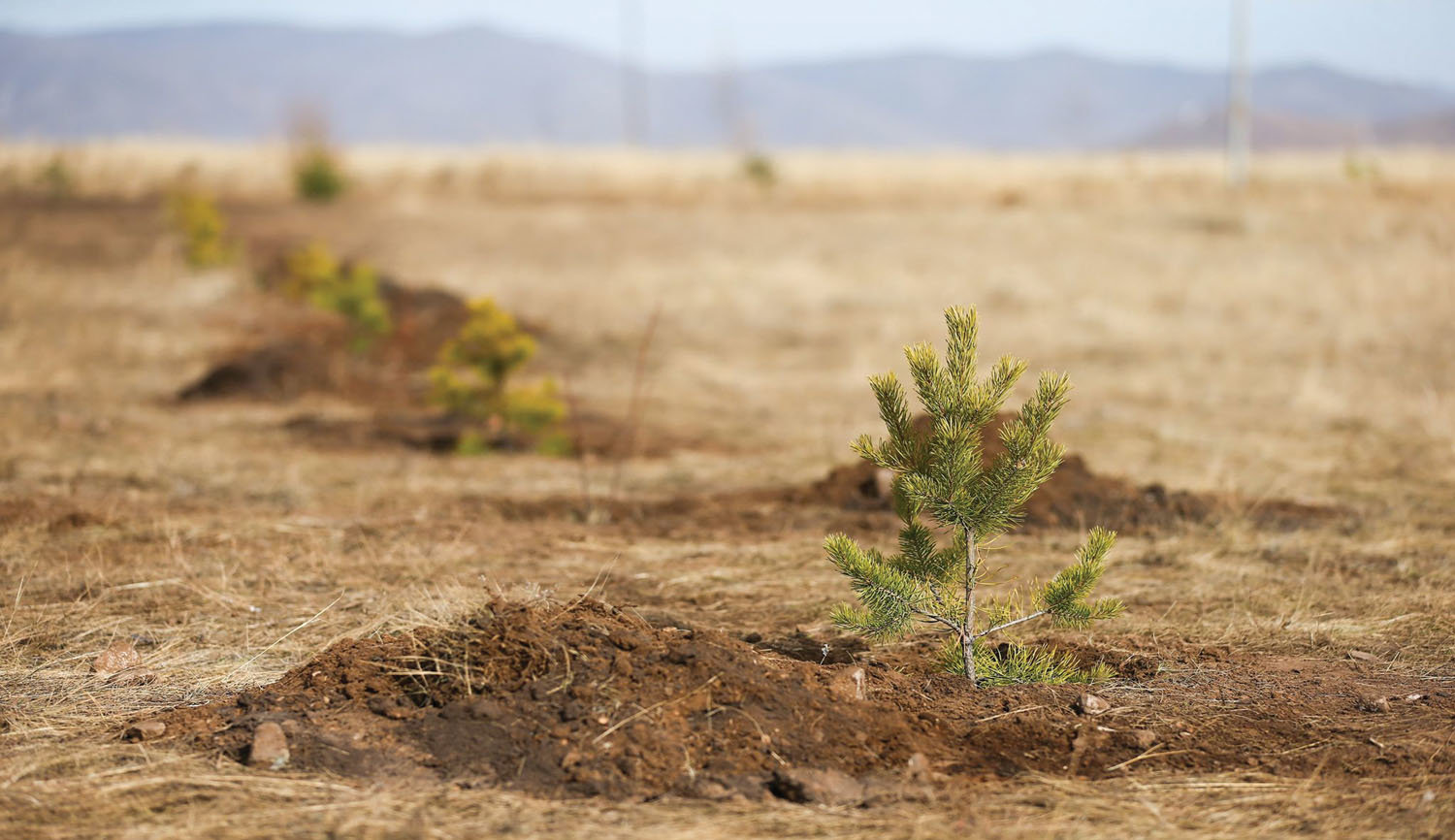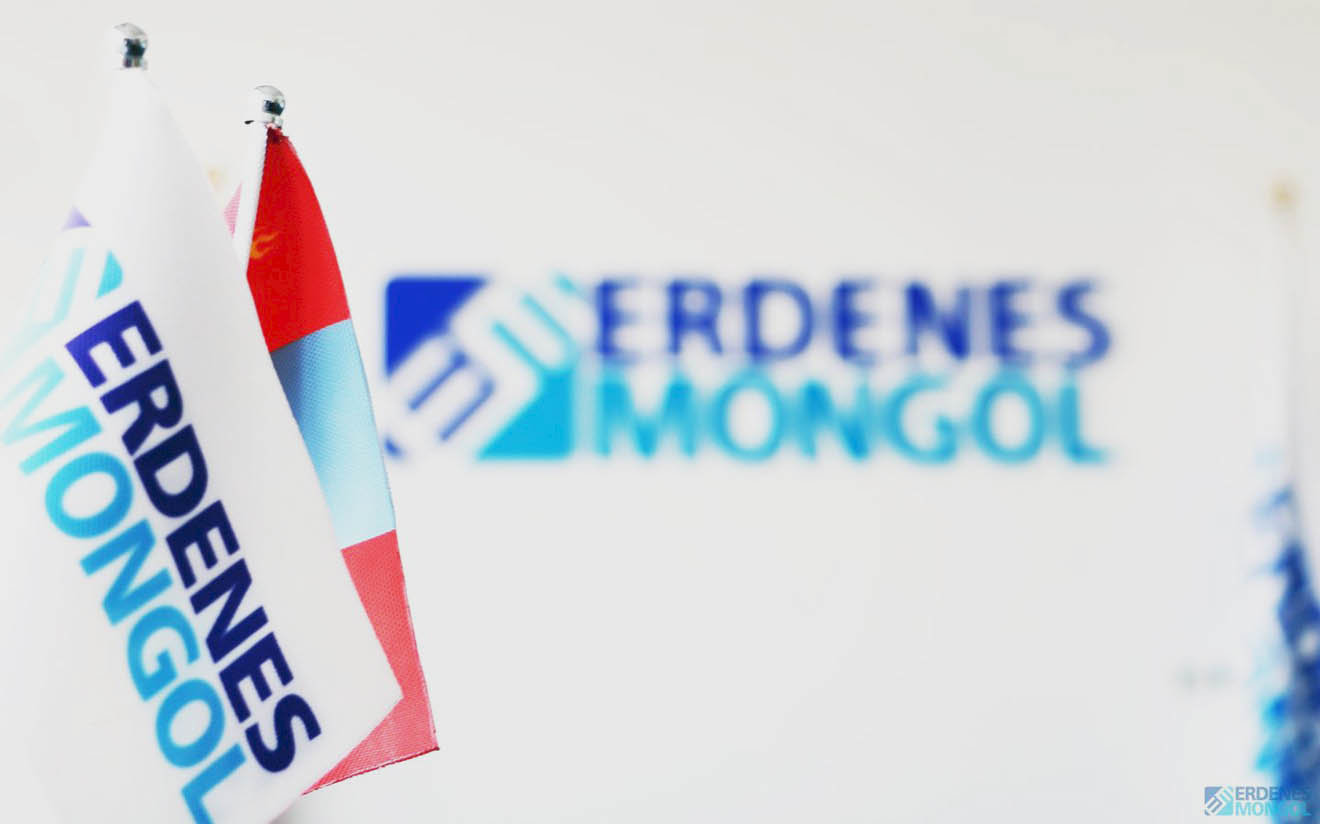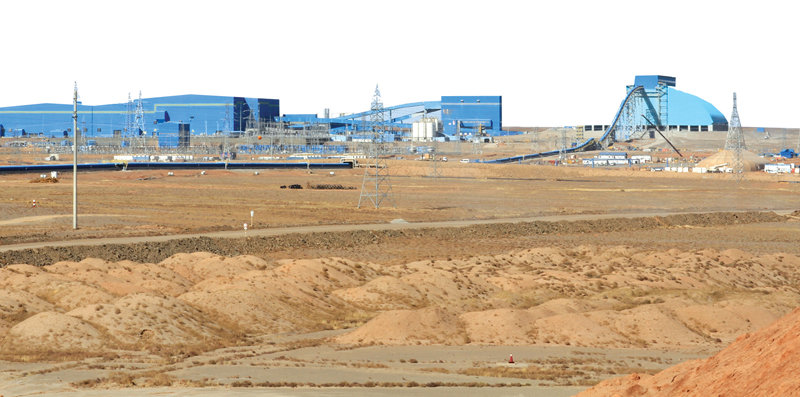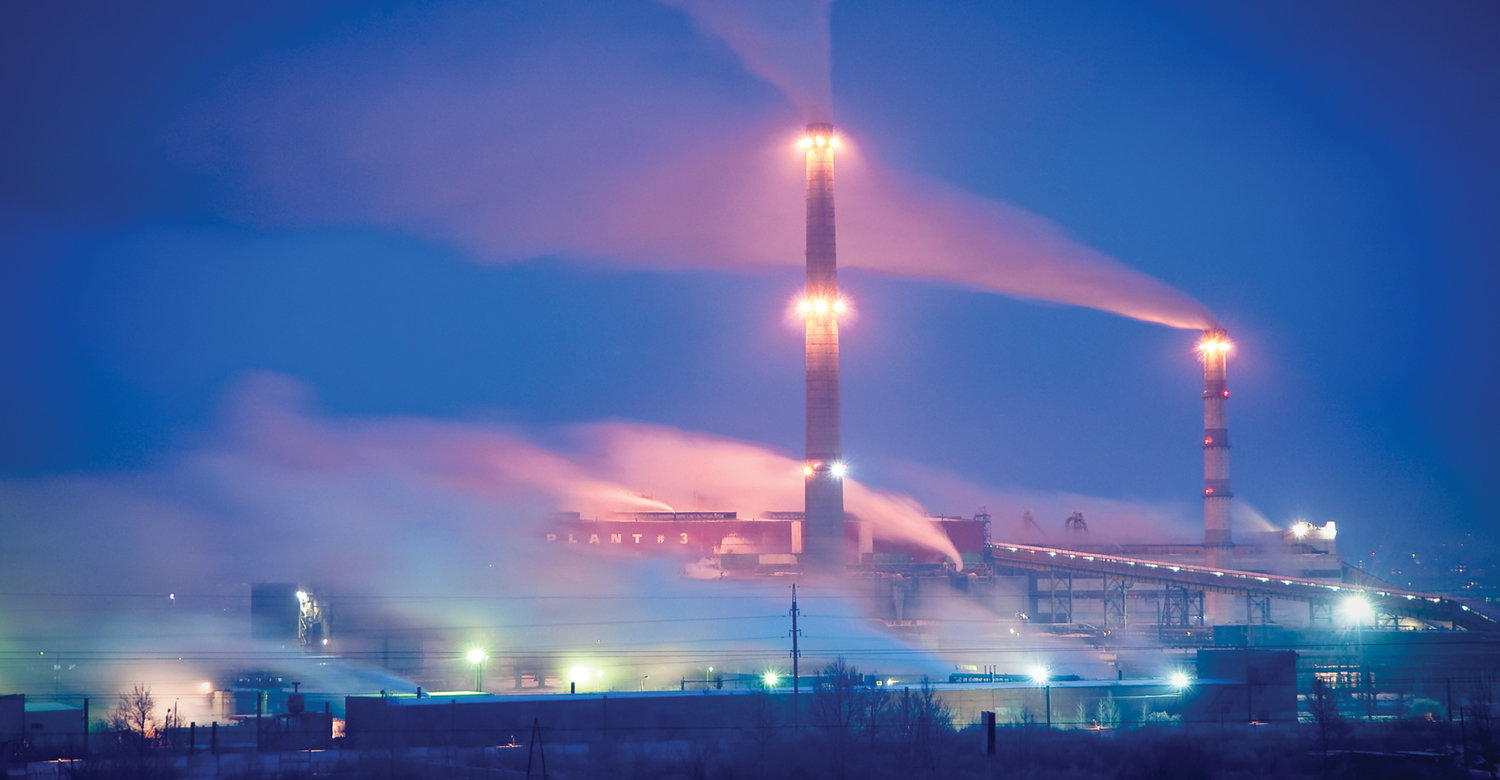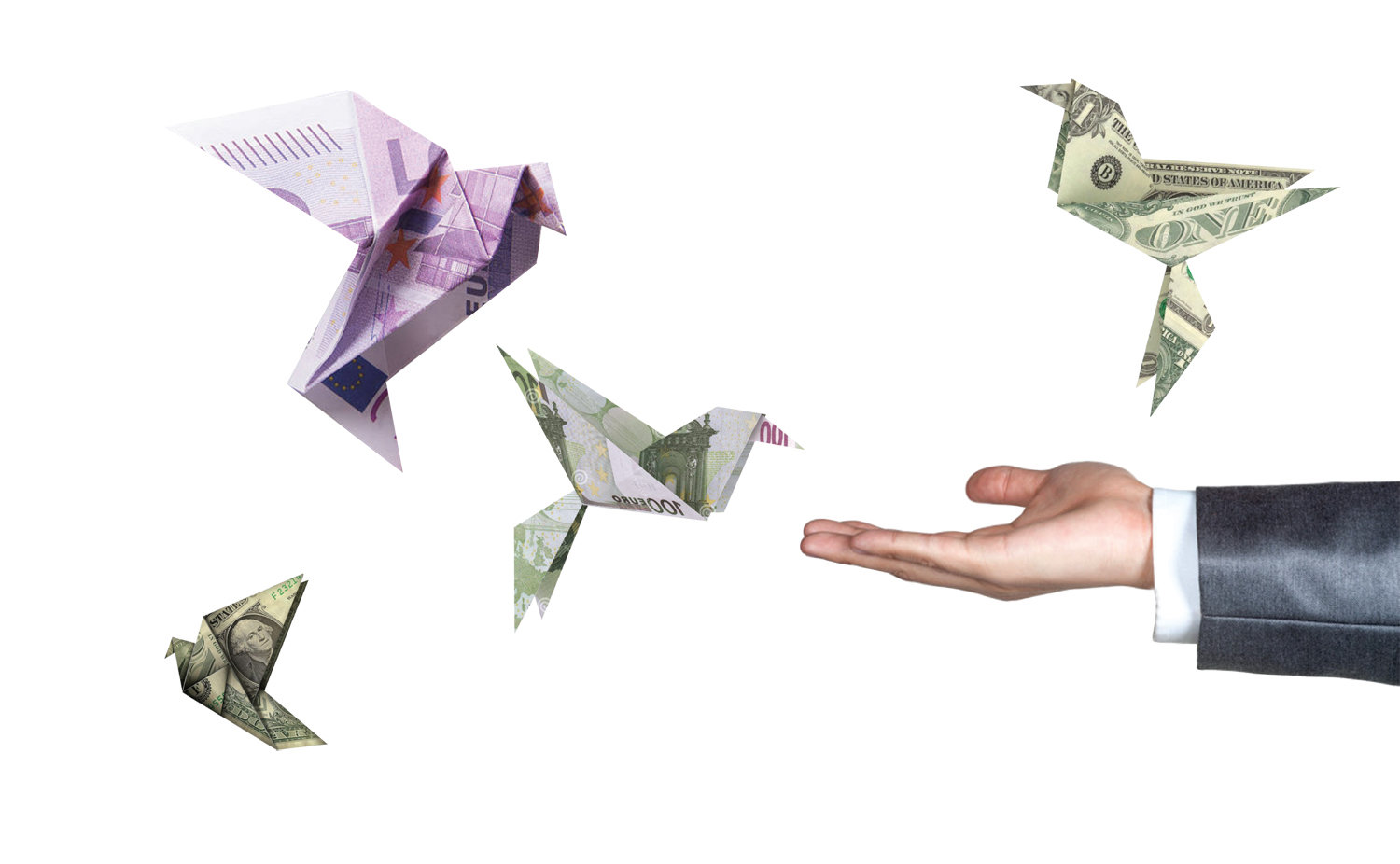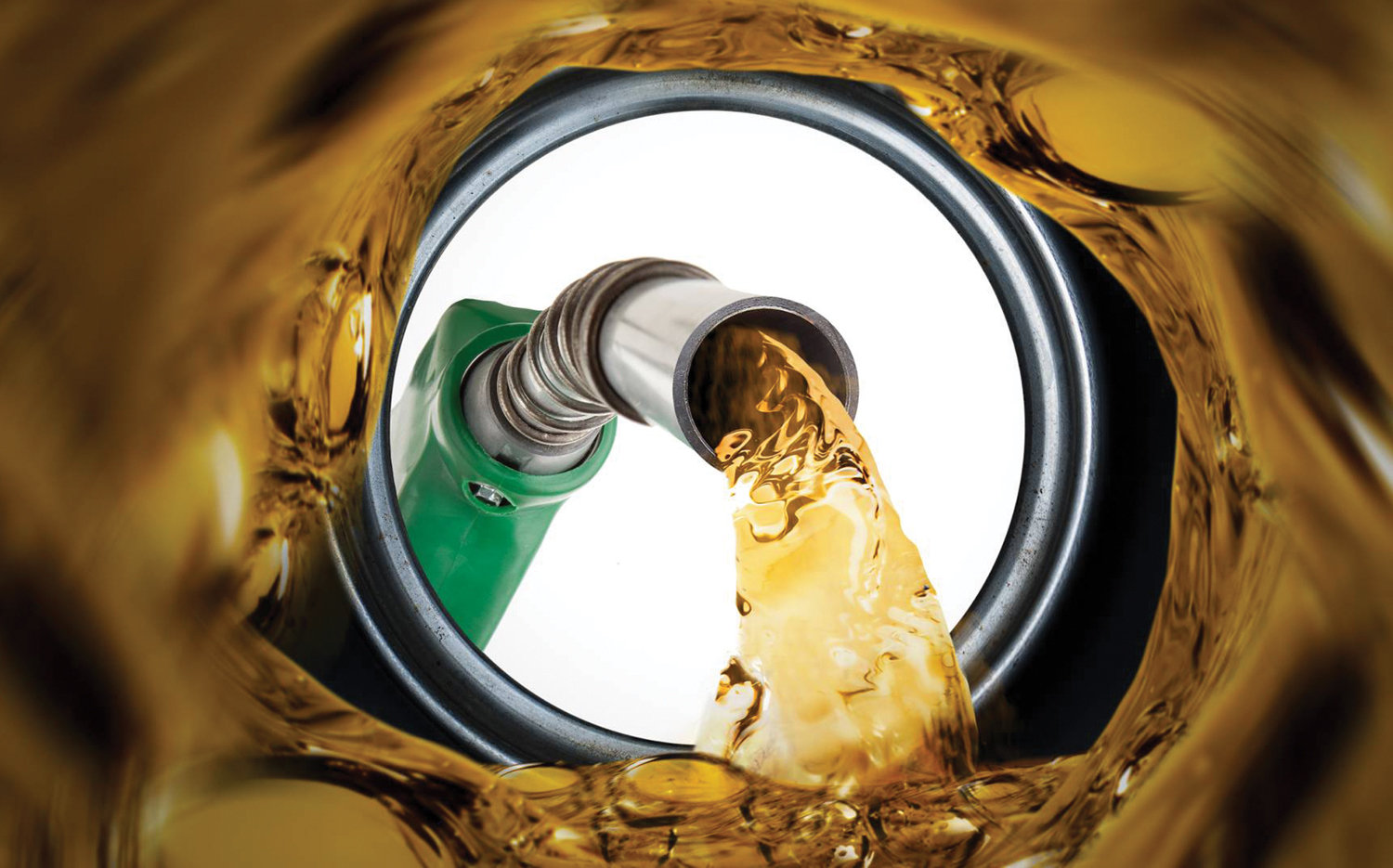Recent news
An independent law is needed for developing the extractive industry report
The Mongolia’s Extractive Industries Transparency Initiative (EITI) 2020 report has been released. Due to the pandemic in 2020, the report was based only on 60 companies engaged in gold, copper and coal production. This is the 15th report prepared by Mongolia since joining the initiative. Grant Thornton Audit LLC was appointed as the Independent Administrator for the report. The company prepared a reconciliation report of the material payments made by companies to the Government in 2020 and the revenue stream received by the Government in accordance with the EITI 2020 standards between 6 August 2021 and 25 November 2021.
“We will be working to promote Canadian Green Mining solutions and initiatives in Mongolia”
The global mining sector feels that it has to make ‘green transition’ more rapidly despite the world economy is suffering difficulties due to the pandemic. Canada is regarded as one of the best players in terms of sustainable mining. MMJ’s B. Tugsbilegt talks to Catherine E. Ivkoff, Ambassador of Canada to Mongolia, about the two countries’ cooperation opportunities in the green mining field and other issues.
Could you please introduce yourself briefly to our readers at the beginning of our interview?
Thank you for inviting me to this interview. I am pleased to talk with you. I arrived in Mongolia in December 2019 to begin my assignment as Ambassador of Canada.
G.Yondon: Mining license holders will bear greater responsibility
Interview with G.Yondon, Minister of Mining and Heavy Industry, on the development of the mining sector, changes in legislation, mining industry outlook, transportation and logistics issues in 2022.
This year marks the 100th anniversary of the mining industry in Mongolia, with a lot of associated work. The mining sector has a big goal to move from just mining to also processing. Discussion on draft laws to create a new legal framework have been continuing for a long time. If the draft laws are approved, what changes will take place in this sector?
The transition to a new social and economic system was not easy, but as a result of successful implementation of long- and short-term programs to develop the geological and mining sector, this now generates more than 20% of GDP, 70% of industrial output, more than 90% of export earnings, about 80% of foreign direct investment, and about 30% of state budget revenue.
Further development of mining depends on exploration
Any changes related to the issuance of mineral licenses has a positive or negative impact on the development of the mining sector. Under the 1997 Minerals Law, whoever applied first obtained a license. In addition, the license was revoked on only three grounds, and there were no restrictions on transferring or using licenses as collateral. Some industry experts argued that the 1997 law on licensing was the most liberal, transparent, and well-protected in terms of ownership rights.
Between 1997 and 2004 when this law was effective, about 6,000 exploration licenses were issued for 40% of Mongolia’s territory, and exploration activities took off.
AT WHAT STAGE IS THE “BILLION TREE” NATIONAL MOVEMENT?
Mongolia has announced a national campaign to plant “Billion Trees” as part of a global green revolution to combat global warming and reduce the impact of climate change. President U.Khurelsukh announced at the 76th session of the UN General Assembly in September last year to the heads of state and government of 83 countries that “Mongolia launched a movement to plant billion trees by 2030 to address global climate change”. This statement by the President was received by Mongolians in two ways. Some people supported it by saying “It’s a timely decision because about 80% of our land is affected by desertification.” Some criticized: “it’s impossible to achieve it, there is no research, no analysis”.
Mongolian mining poised for big changes as it enters its second century
The mining sector is preparing to celebrate its centenary this year, as it was on 25th December 1922 that the People’s Government had decided to nationalize the Nalaikh coal mine.
The last thirty of these 100 years have been epoch-shaping. This followed Mongolia’s transition to a market economy which led to the privatization of state property and emergence of private companies. However, Mongolia did not have sufficient domestic resources to invest in this capital-intensive industry. So, it had no choice but to create an investment-friendly environment, and seek foreign investment. Most of Mongolia’s foreign investment has been made in the mining sector.
As N. Algaa wrote in his book “Will Mongolian Mining Sector Retreat or Move Forward”, geological expeditions, and a few wolfram and tin mines owned by the state were privatized. However, gold mines were excluded from the privatization list.
Establishing a wealth fund with Erdenes Mongol’s dividends
Erdenes Mongol is officially en route to becoming a wealth fund, as the Government seeks to get the Parliament to approve its draft Law on the National Wealth Fund. While the full draft law has not yet been made public, the main issues that it covers were presented. In the past, there have been questions around how Erdenes Mongol could be transformed into a wealth fund and whether this would increase the financial burden in the mining sector. It has become clear from the statement of O.Batnairamdal, Deputy Minister of Mining and Heavy Industry, that the creation of this new wealth fund will not put additional financial burdens on the mining sector. Under the draft law, Erdenes Mongol will also undergo a structural change.
Negotiations succeed to agree the railway border crossing point
For a landlocked country, railways are a most important strategic infrastructure to export minerals. At the Cabinet meeting on 17 November 2021, the point of intersection of Gashuunsukhait-Gantsmod railway was determined. MMJ spoke to N. Udaanjargal, CEO of Tavan Tolgoi Railway LLC on the long-awaited agreement and the construction of the railway.
We need to look at the benefits of dynamic growth to be effective in the future
The negotiations are, indeed, slow going over more than ten months, but the scope and content of the project are big. Thus, this could take anywhere between 1-2 years. From my perspective, the negotiations are running relatively effectively since the parties have exchanged proposals several times during this period.
Metadata in the Mining Industry
Metadata are data about data. However, if you challenge the conventional explanation of metadata, it is probably more like a room key. If this piece of metal is lying on the street, there is a good chance it will end up in the garbage or in the sewer system. However, if someone happens to pick it up and has a clue about where the key is from and who owns it, it can be more easily located. Most modern digital cameras export a fairly large amount of metadata such as manufacturer and model, exposure and resolution, date and time, and GPS, as soon as you click the shutter button. These types of metadata hardly cause any harm or benefit when floating in the background.
N. Tavinbekh: Full domestic energy self-reliance is a main target
Energy sector has been experiencing years of hardship. Of course, Covid-19 has affected the energy sector. It has been a while since the government decided to zero out electricity and heating tariffs in order to boost the economy. This decision had an impact on energy sector load. How is the energy load now?
Mongolian energy consumption grows at about 4-6 percent per annum. In 2020, total electricity and energy consumption was 8,850.50 million kW/h. Domestic production from power plants, renewable sources and diesel power plant accounted for 80.7 percent and the remaining 19.3 was imported.
Green economy and green energy: much more to do
Alongside the COVID-19 pandemic, the energy crisis has begun to affect the world. By October, gas prices in Europe had increased fivefold due to supply shortages. Oil supply shortages have also followed. The current instability of world’s economies is largely due to the pandemic, but there are many other contributory factors.
At the heart of the crisis lies the challenge of reducing greenhouse gas emissions while ensuring a reliable supply of energy. Countries have imposed several short and long quarantines over the past two years to prevent infection spread. A consequence has been disruption of business relations between countries and reductions in production which, in turn reduced energy consumption.
Investment Law revision needs public discussion
Why is amending the Investment Law being discussed in an ambiguous and secretive manner?
It should, instead, be thoroughly prepared by the working group of the relevant ministry, and the public consulted. This is clearly required by the Law on Development Policy and Planning, and the Law on Legislation Article 8.1.5 of the latter indicates that “draft legislation shall be discussed and collect feedback from citizens, representatives of legal entities and public whose legal interests are affected”.
One of the bills that came as a sudden “surprise” without public discussion was the Investment Law. The general concept and content of the draft law have been introduced by relevant officials, but its detailed articles and provisions have not been clarified.
N.Enkhbayar: Improving Mongolia’s technical expertise is the key to its development
MMJ spoke with the economist N.Enkhbayar about opportunities to expand Mongolia’s economy, global technology trends, and the implementation of major projects as well as the potential to attract foreign direct investment.
How do you see the current state of the Mongolian economy and foreign investment?
In 2010 Mongolia’s economy “rocketed”. At that time, foreign investment exceeded GDP by almost 110 percent. Currently, the foreign investment stands at $2.7 billion, that does not reach even 20 percent of the GDP. Our politicians consider the 5 to 6 percent annual economic growth reported by statistical indicators as good. For us researchers, this is a small number and is considered insignificant for a small economy to grow at this rate for 30 years.
Government’s external debt policy challenges
During the last year, Mongolia’s external debt has increased by over $1 billion. Specifically, the first quarter government debt was 15.7 percent higher than during the same period last year. There is an expectation that the country’s external debt will continue to grow till the end of this year, but it would “easily fit” within the 70 percent limit set by law. The Ministry of Finance even presented an estimate indicating that this year’s total will be lower than the previous year compared to the GDP. According to the previous Fiscal Stability Law, the balance of government debt should have been kept at 60 percent of GDP this year. The implementation of this requirement has been delayed to 2024 under a budget amendment and is a result of the pandemic impacting the government’s goal. It is not a secret that the country
Turning UB citizens into pedestrians. Where does the responsibility lie?
Mongolians have recently been made aware that fuel is one of the products whose supply directly impacts their economy. As fuel prices increase, so does the cost of goods and services, highlighting the importance of maintaining a consistent and steady supply. Since Mongolia currently does not have oil refining capacity, it is 100 percent dependent on foreign imports for this economically vital resource. During the socialist era, oil was exported to Russia for processing, now it goes to China. For years, critics have been highlighting that dependence on foreign oil products undermines Mongolia’s economic security and that it has not seen the benefits “of the oil that covered the hem of P, Orchirbat’s deel” (first president of Mongolia in 1990s).
Will the limitation to the budget stability be continued to be violated?
In March of this year Finance Minister B. Javkhlan indicated it was to early to say if the budget spending limit would be amended. The minister stated “Although citizens are demanding and amendment to the budget, it is not an issue I can resolve. To date, budget expenditures have not been interrupted and investments have not stopped.” But the pandemic continues to worsen the border points remain closed and the national economy remains at risk. The current macroeconomic forecast for 2021 has “turned” from the original created earlier this year. It is expected that the budget deficit will increase to 8.8% of GDP, past the Budget Law limit and will require a new amendment. Last year the finance minister predicted that 2021 would be the year where Mongolia returns to complying with fiscal limits.
Erdenet Mining Corporation, a National Hero
On July 10, 2021, the management and personnel of Erdenet Mining Corporation, a state-owned enterprise, received the honorary title of National Hero of Mongolia from U. Khurelsukh, the President. When the Head of the State started his first business trip to the local community from the Orkhon aimag, he handed over the award to the managers of the corporation. This is a matter of special honor. In the presidential decree, the past, the present and the future of the Erdenet Mining Corporation were described well in a few words: “Having recognized the support and endeavor of the Erdenet Mining Corporation, a construction development of the XX century, to and for Mongolia’s prosperity,
The Burning Ambition of ETT Drives investment
Mongolia’s largest coal producer, Erdenes Tavan Tolgoi, is on the fast track to expand its operations. If current expansion plans become a reality, they expect to produce 47 million tons of coal annually with projected revenues 10 trillion MNT per year by 2025. This is to be achieved through investments in capital projects over the next five years, worth an estimated 10 trillion MNT. By ramping up its operations, revenues would grow geometrically, increasing its dividend to investors and revenue to the government (currently 81.5% of the company is state owned and 18.5% by citizens and private investors). These investments are to be funded from internal revenues, bond issuances and debt. By expanding their capacity, ETT aims to take advantage of new market conditions and increase their market share in China.




